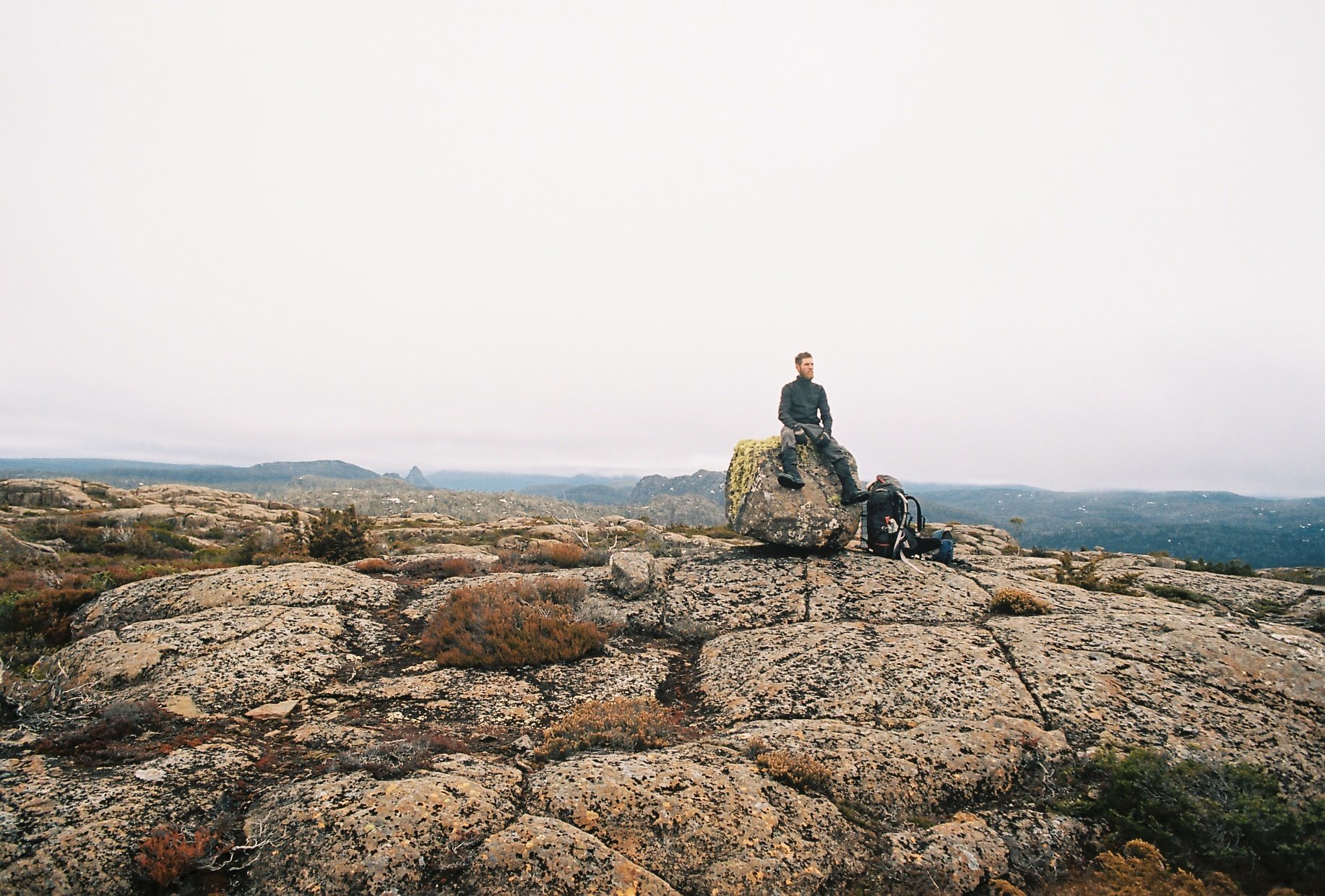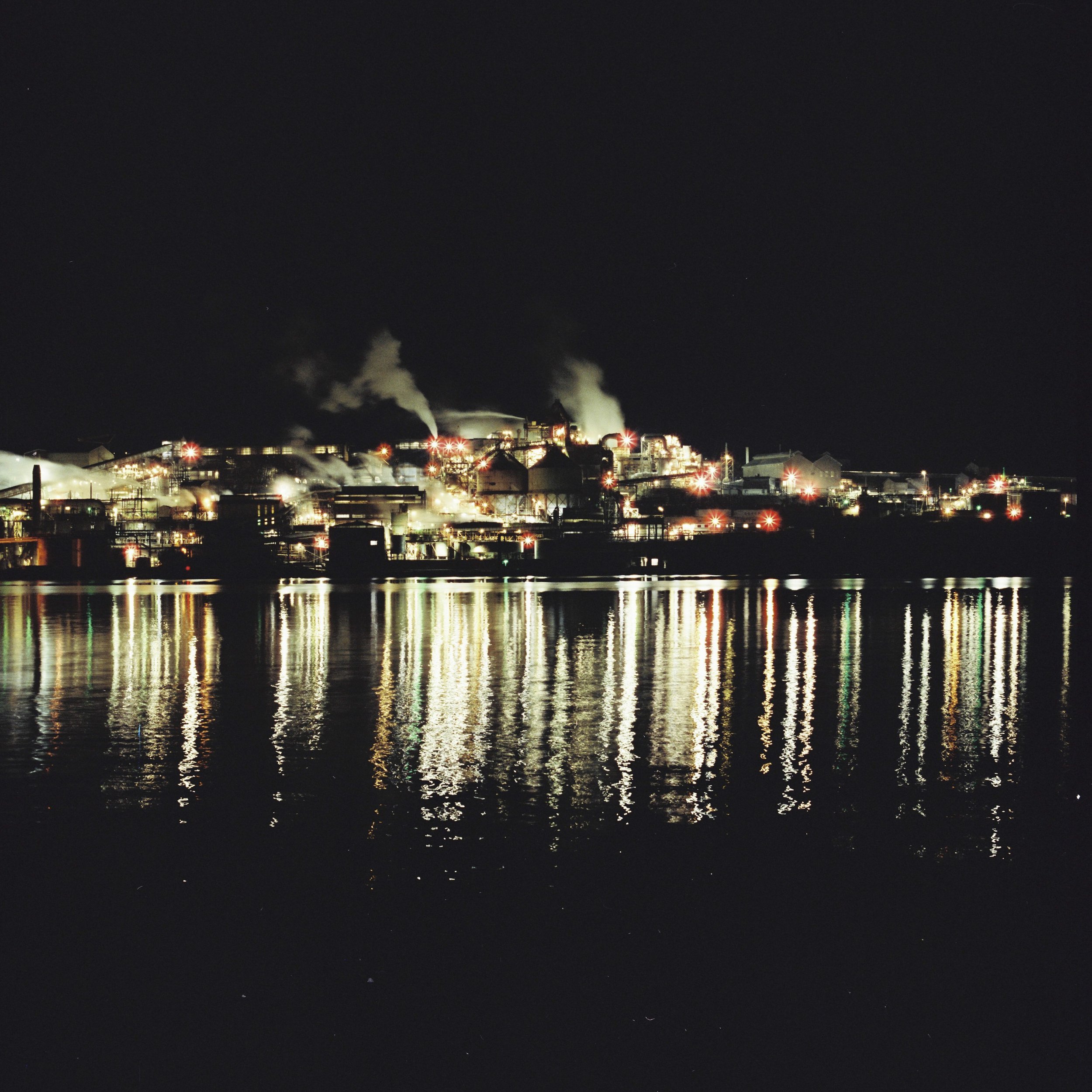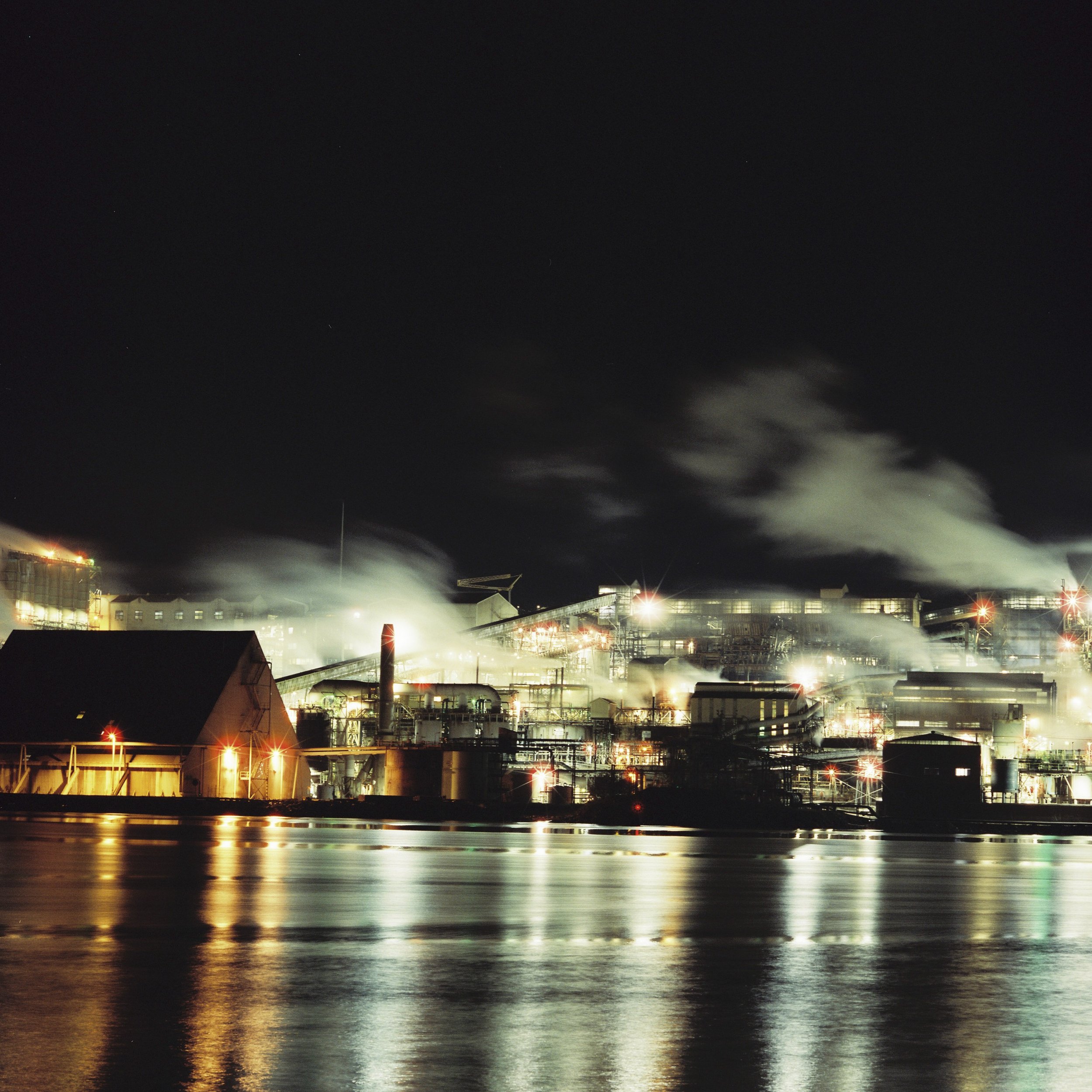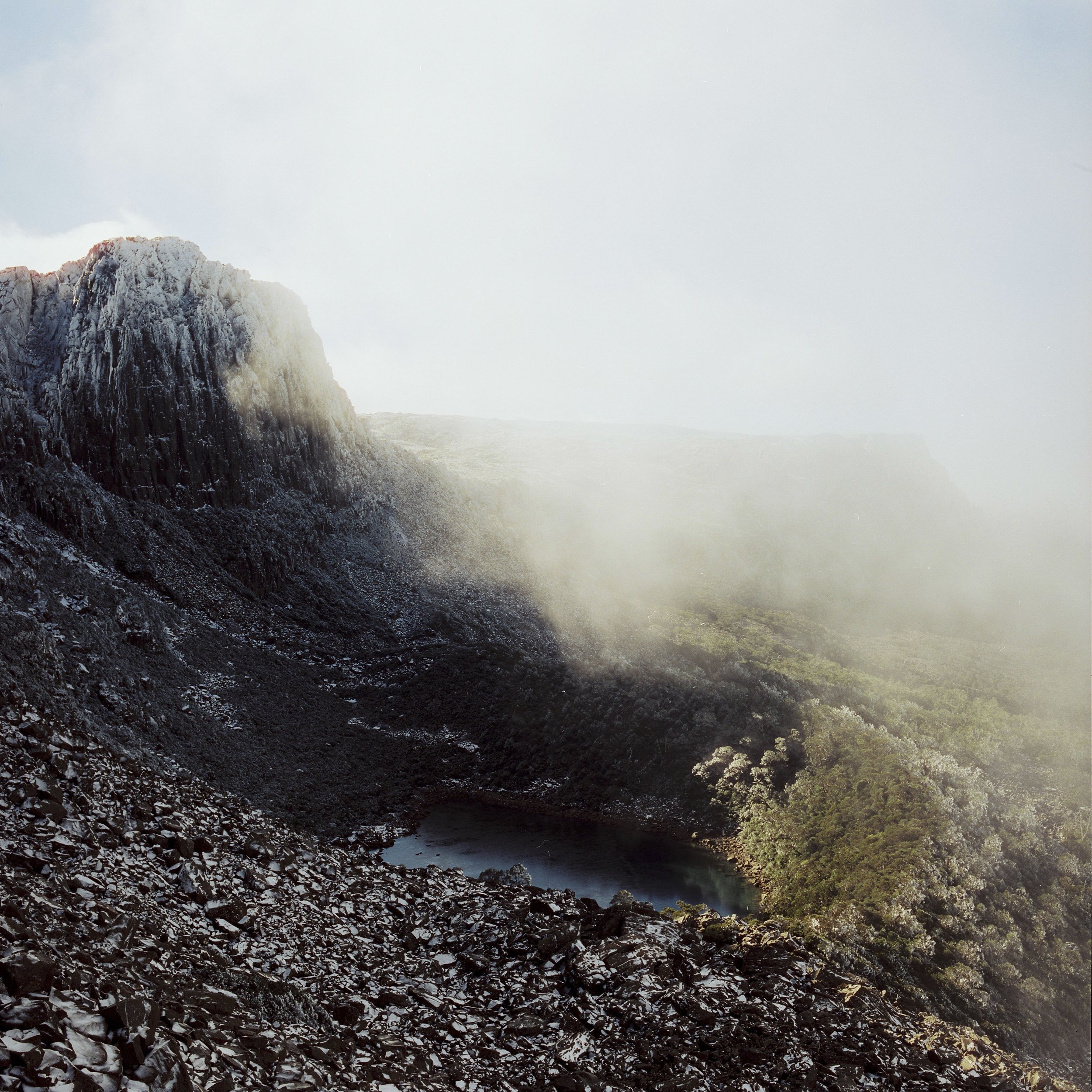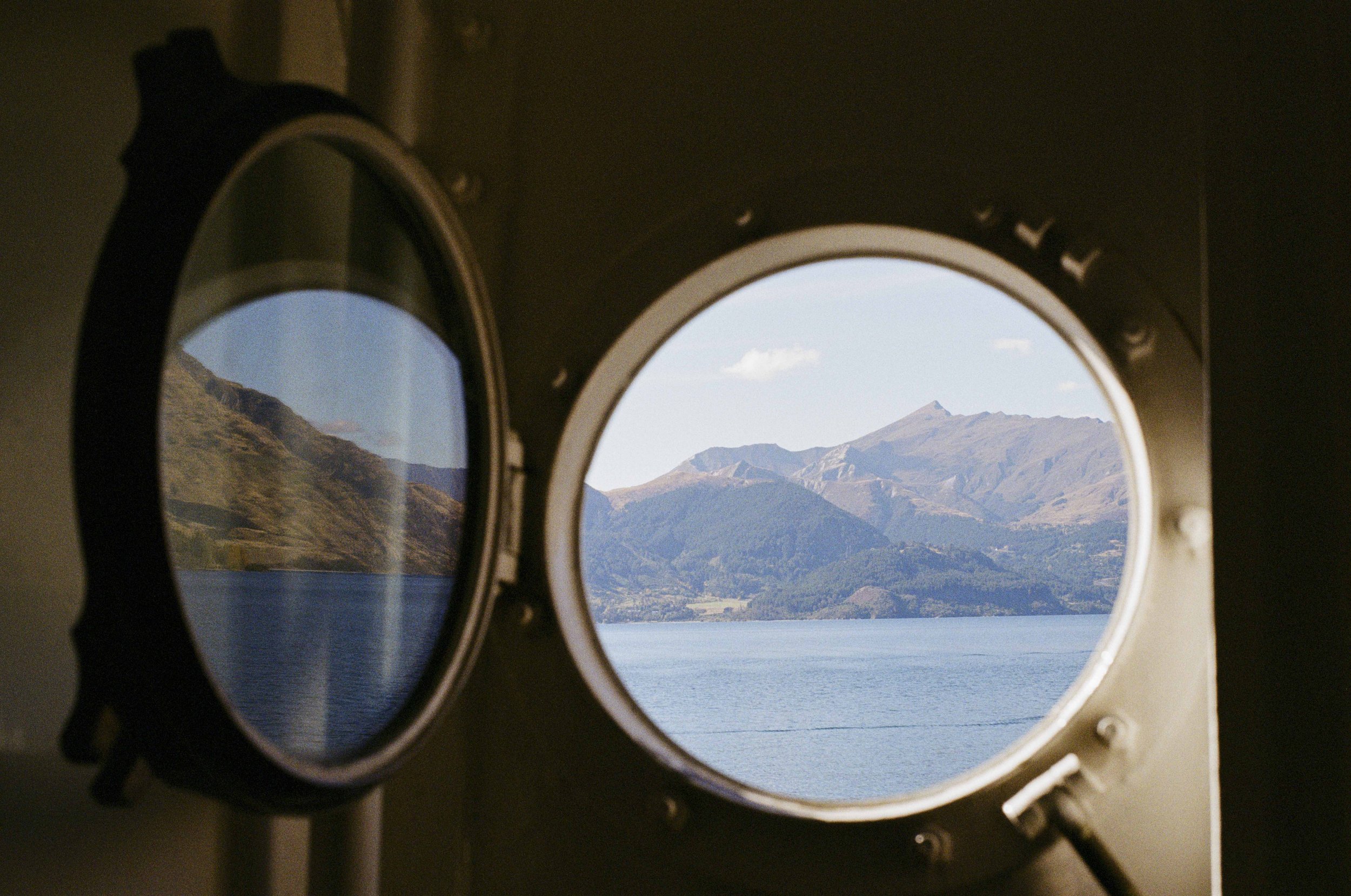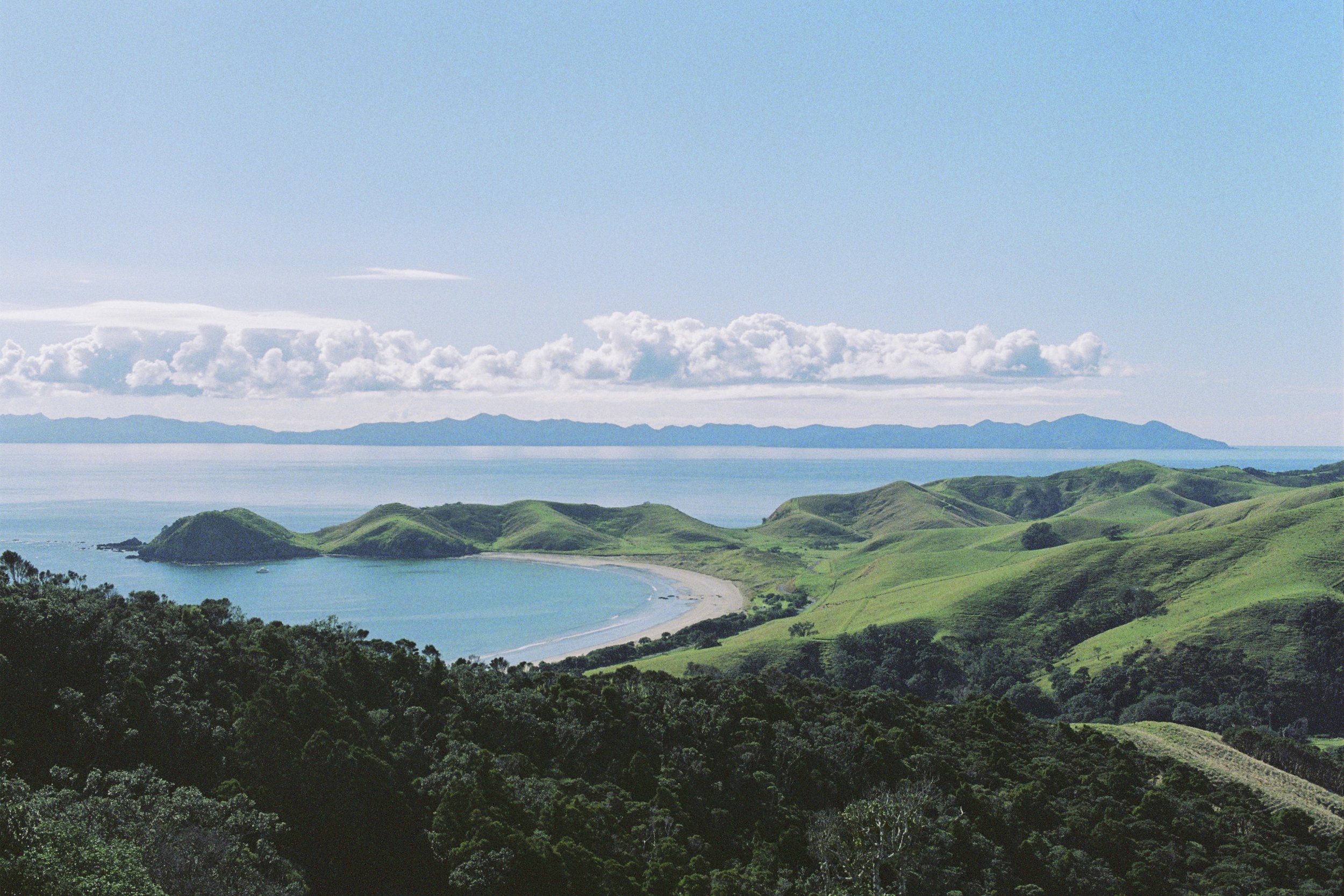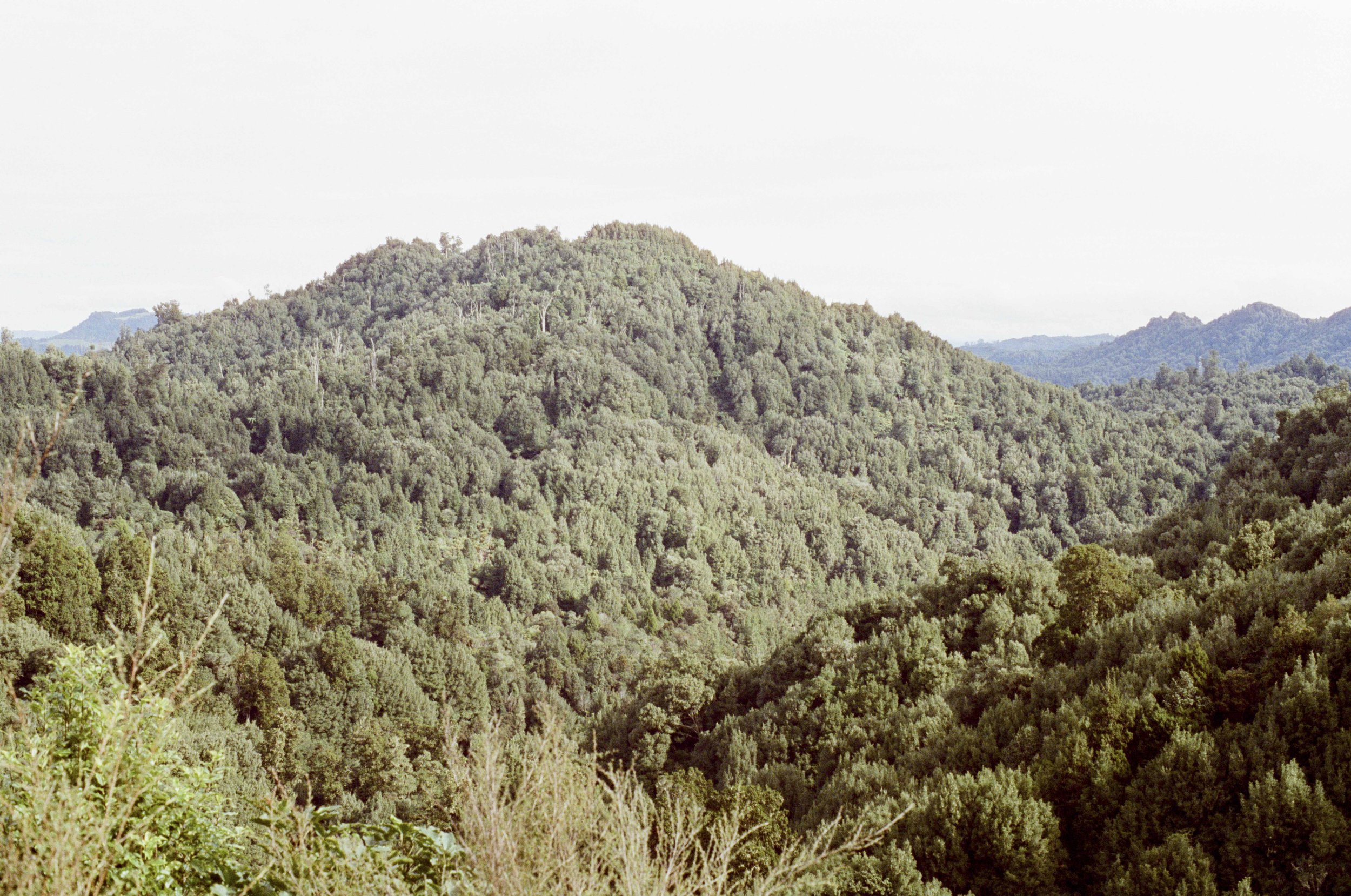Clairvoyance /klɛːˈvɔɪəns/: the ability to see beyond the range of ordinary perception.
Zincworks, Derwent River. Hasselblad 500CM, Cinestill 400, July 2024.
In the current ‘age of reason’, science has become the new religion. We hold science as our trump card, the method of determining the truth that is to be trusted above all others.
And yet a lot of people still believe in the idea of the soul. That there is an essence of our being which transcends the physical, or ordinary realm and perhaps continues to exist somehow after our bodies have long been eaten by the worms and our bones have become dust and our lives, deeds and actions have long been forgotten.
There are many ways of determining the truth. Science has been proven to be reliable method, and is now the trusted method. But there are things that are outside the realms of science. Science is based on a series of theories and experiments. If a theory is unable to be ‘tested’, then it’s conjecture, philosophy, and to some, not worth knowing.
And yet, our stories, and dreams imply that there is a world beyond the world of knowing that we are all familiar with. There are stories of people who are able to perceive a deep truth in things in ways that are difficult to understand with a logical brain. There are stories of traditional healers, shamans traveling through the spirit world to solve problems in the real world.To retrieve souls that have been stolen or lost. Stories, dreams, imaginings. Intangible, unfalsifiable, mysterious as the morning fog on the river.
I used to believe that science was the only way of understanding things. The older I get, the more I start to think that there are many ways of knowing things. Some people have a logical brain, some people have an intuitive brain. There are different kinds of problems out there that require different approaches to be solved and often a problem may have multiple solutions.
Zincworks, Derwent River, Hasselblad 500CM, Cinestill 400, July 2024.
Clairvoyance in my mind, doesn’t need the introduction of ‘supernatural’ abilities to be viable. Clairvoyance could simply be the ability to make a prediction about the future that would seem uncanny to the observer. It could theoretically be done with normal senses, but perhaps with a sprinkle of extraordinary insight. I don’t think we need to step outside the laws of physics to allow for the possibility of some people out there having an incredible sensitivity toward the world, and perceiving a greater depth to reality than others.
The difference between science and clairvoyance might be smaller than we expect. Clairvoyance means possessing the ability to predict the occurrence of certain events. But isn’t this what science does as well? The supercomputers that run the meteorologist’s models are able to predict the future beyond what might be possible with the human senses alone. But to the person without a background in physics, mathematics and computer programming, the process of modern weather forecasting is inherently mysterious.
In the same way, a particularly ‘intuitive’ or perceptive person may be able to pick up on subtle clues to discern truths, notice patterns and make predictions that may appear astounding to someone who is bound to a purely logical existence.
The need to explain every occurrence in rational terms has become the current zeitgeist, spirit of the times. But some parts of the universe are inherently irrational, unpredictable, chaotic.
And sometimes, the universe can surprise us.
-A.S. 17/8/24
Zincworks, Derwent River. Hasselblad 500CM, Cinestill 400, July 2024.
